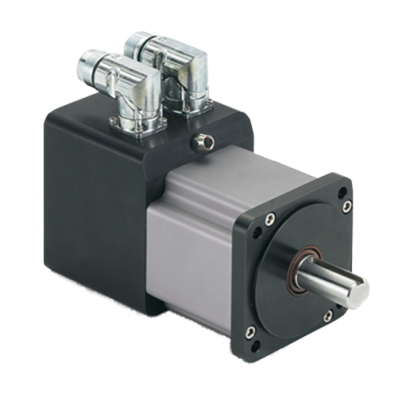
Distribution portal
- Home
-
Industrial - Exlar®
- Exlar Products
- Universal Linear Actuators
- Integrated Motor | Actuators
- Intelligent Drive | Motor | Actuators
- Rotary Actuators
- Exlar Legacy Product Support
- Industries
- Automotive / Tire
- Food & Beverage / Packaging
- Oil & Gas
- Plastics
- Forestry
- Entertainment / Simulation
- Other Industries
- Resources
- Returned Goods Authorization
- Exlar Product Manuals
- Brochures / Catalogs
- Case Studies
- Exlar Product Videos
- Actuator Technical Tips
- White Papers
- Online Tools
- ASSIGN Motor Selection
- Exact Sizing & Selection Tool
- Software & Downloads
- About Us
- About Exlar Automation
- Rockwell Automation Support
- Careers
- Certifications
- Aerospace
- Ground & Naval Defense
- InfoCenter
- News & Events
- Contact Us
Exlar Products
Universal Linear Actuators
Integrated Motor | Actuators
Intelligent Drive | Motor | Actuators
Rotary Actuators
Exlar Legacy Product Support
Industries
Automotive / Tire
Food & Beverage / Packaging
Oil & Gas
Plastics
Forestry
Entertainment / Simulation
Other Industries




